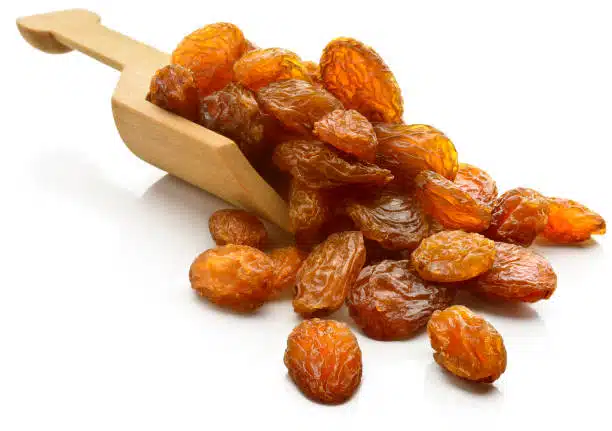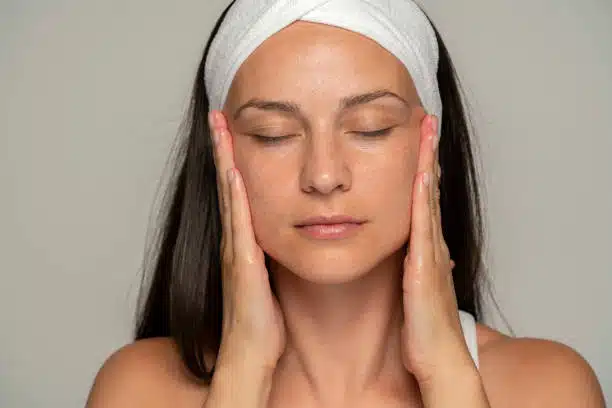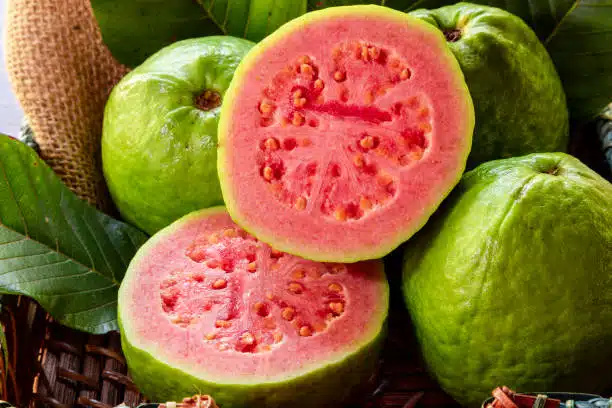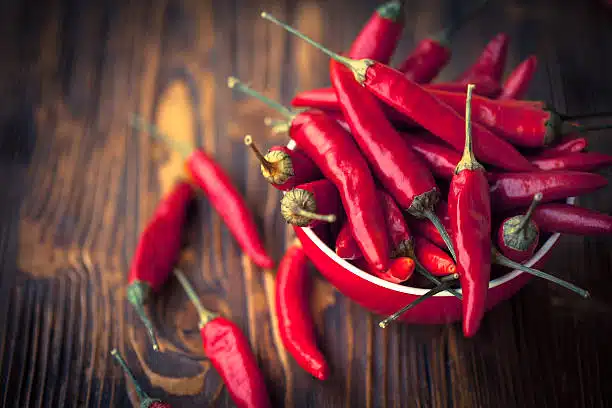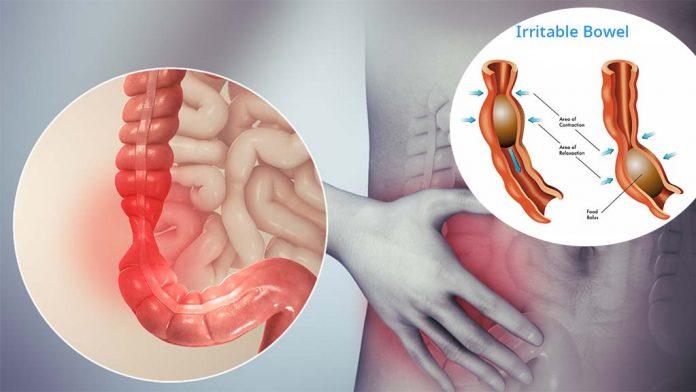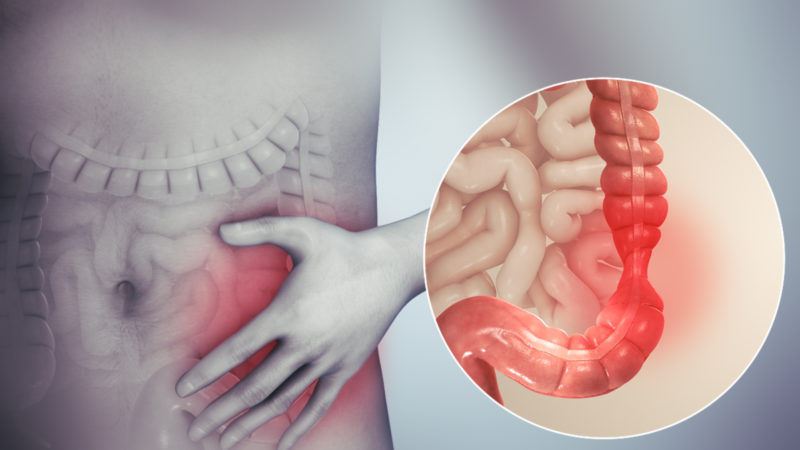Identifying Iron Deficiency Symptoms
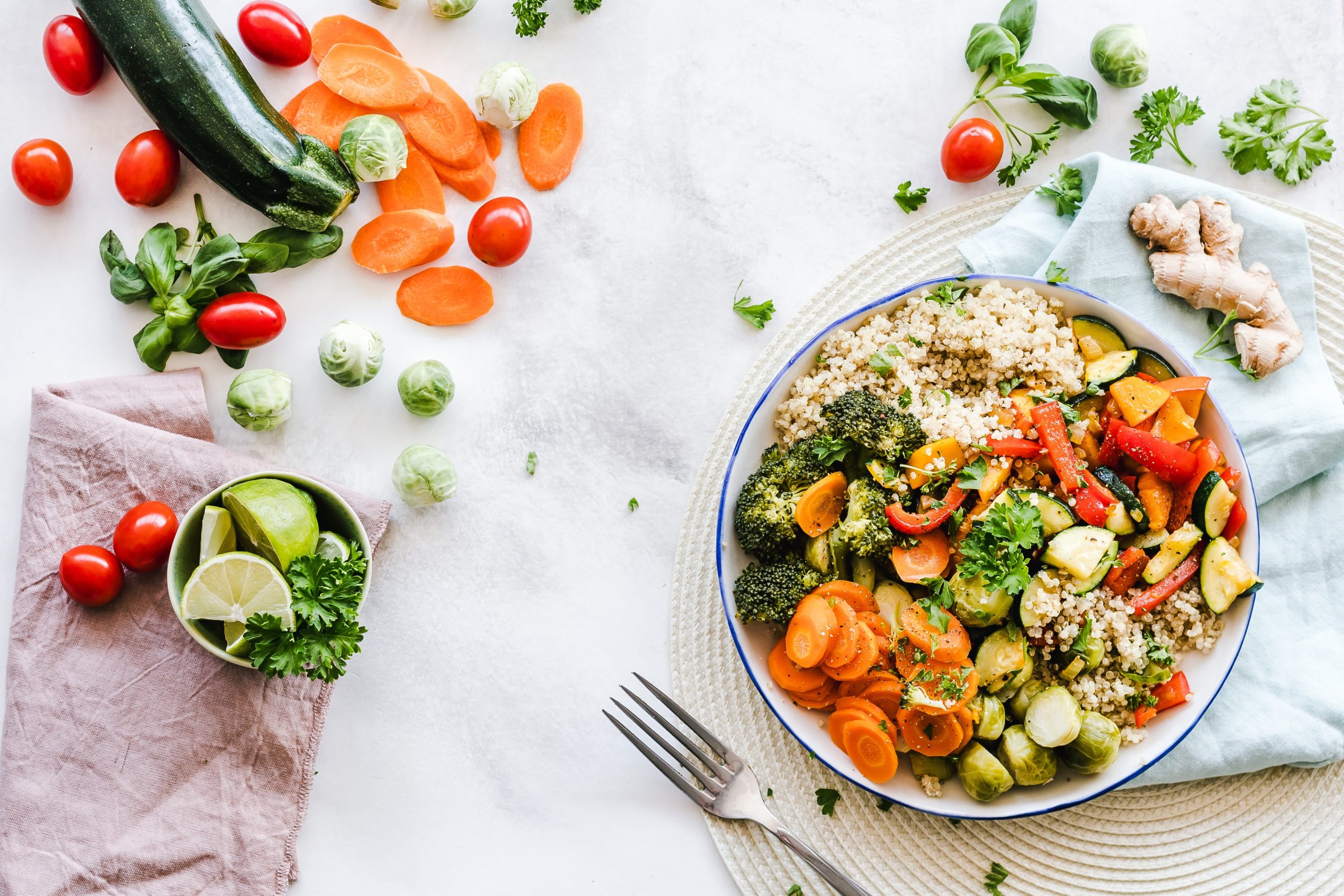
Iron deficiency is a condition when your body does not have enough iron in the body. Iron is important in the body to make hemoglobin, a protein red blood cell that carries oxygen from the blood to all parts of the body. When your body does not make enough hemoglobin, muscles, and tissues do not get enough oxygen leading to anemia. To check whether you have iron deficiency, read this post and learn about some common iron deficiency symptoms.
Although there are plenty of reasons which lead to iron deficiency in the body, here are some common causes.
- Inadequate iron intake due to unhealthy diet
- Inflammatory bowel disease
- Increased requirements during pregnancy
- Internal bleeding or heavy periods.
Low iron symptoms can affect your quality of life and cause tiredness, reduced concentration, and shortness of breath.
Iron deficiency symptoms vary depending on:
- the severity of the anemia
- how quickly it develops
- your age
- your current state of health
Iron Deficiency Symptoms:
Below we have mentioned the most common low iron symptoms of anemia. Early detection can help in earth treatment before the problem worsens.
Unusual tiredness
Feeling extremely tired is one biggest symptoms of iron deficiency. This symptom is persistent in people with low iron in their bodies. The fatigue is a result of a lack of iron to make hemoglobin in the body, which helps in carrying oxygen to different parts.
Without having enough hemoglobin in the body, oxygen reaches the muscles and tissues and also deprives them of energy. Your heart will have to work more to move oxygen throughout your body which makes you feel tired.
Since tiredness is often associated with a busy modern lifestyle, people often tend to ignore this symptom.
Paleness
Pale color skin is another very common sign of anemia. You can notice pale skin on the inside of the lower eyelid. The hemoglobin content in red blood cells renders the red color, and a low level of iron means fewer red blood cells. This is the reason skin loses warmth and healthy color.
Pale skin can appear on all parts of the body, including :
- face
- gums
- inside the lips
- lower eyelids
- nails
If you pull your lower eyelid, the inner layer should be vibrant red in color. If you have a yellow or pale pink color, this is a strong indicator of iron deficiency.
Shortness of breath
Hemoglobin helps in carrying oxygen through red blood cells all over the body. When hemoglobin levels fall due to iron deficiency, oxygen levels also fall down. This means your muscles are getting less than the required levels of oxygen to perform everyday activities.
This results in an increased breathing rate to get more oxygen. As a result, shortness of breath is one of the most common iron deficiency symptoms.
Headaches and dizziness
Other common signs of iron deficiency are headache and dizziness, especially in females. The symptom may seem less common but often occurs with dizziness, lightheadedness.
Headaches may also occur due to low hemoglobin levels in the red blood cells, which makes it difficult for oxygen to reach the brain. As a result, blood vessels swell up, causing headaches and pressure build-up.
Heart palpitations
Heart palpitations or noticeable heartbeats are another one of the low iron symptoms. The association between anemia, iron deficiency and heart problems is still unknown, but it is most probably related to low oxygen supply.
Due to low hemoglobin levels, the heart has to work extra to carry oxygen. This may lead to abnormally fast or irregular heartbeats.
Dry, damaged skin and hair
Dry and damaged skin and hair are also common iron deficiency symptoms. As the hemoglobin level in the blood lowers, it reduces the amount of oxygen transported to hair and skin.
When your hair and skin are deprived of enough oxygen, they tend to become weak and dry. Hair loss is also one of the common low iron symptoms. If you are losing a clump of hair, then it might be one of the signs of iron deficiency.
Swelling of the tongue and mouth
Sometimes looking at the inside of the mouth can be a big indicator of your health and iron deficiency. Some common signs of anemia are inflamed, swollen, pale, or very smooth tongue.
Iron deficiency may also cause:
- dry mouth
- mouth ulcers
- burning sensation in the mouth
- sore red cracks around the mouth
Restless legs
Low iron levels in the body also result in restless leg syndrome. It is a strong desire to move your legs when sitting. It may also cause an itchy or crawling sensation in your legs or foot. The condition usually worsens at night, making it difficult to fall asleep. Around 25% of people with anemia suffer from restless leg conditions.
Brittle or spoon-shaped fingernails
Another less common symptom of iron deficiency is spoon-shaped or brittle fingernails. This condition is also known as Koilonychia. Brittle nails can be identified by cracking and chipping of nails.
When iron deficiency increases, you may notice dips in the middle of nails. However, this rare side effect is seen in only 5% of people having iron deficiency.
Other potential signs
There are plenty of other signs of iron deficiency that are not as common and are also linked to other diseases.
- Strange cravings- people with anemia have strange cravings for foods or non-food items. They might want to eat dirt, ice, chalk, or paper. This is also a common symptom of pregnancy.
- Feeling depressed- iron deficiency is also associated with depression in adults. Pregnant women tend to have low iron levels and are more at risk of developing depression.
- Cold feet and hands- iron deficiency means low oxygen levels being delivered to feet and hands. This is the reason why people with anemia may experience cold hands and feet.
- Frequent inflammations- iron is required for a healthy immune system. Lack of iron may make you more prone to infections.
What Causes Iron deficiency in adults?
Some common iron deficiency causes in adults are:
- Inadequate dietary intake- not consuming enough iron through diet. There are two types of iron consumed through diet: haem and dietary iron. Haem iron is found in animal-based foods. Non-Haem iron is found in plant-based foods. Our body absorbs haem iron much more easily as compared to non-haem iron. This is one of the reasons for low iron intake in vegetarian diets.
- Excessive blood loss- Iron deficiency can occur easily in a condition of chronic blood loss. Some common blood loss causes can be nose bleeding, blood donation, menstrual cycle, ulcer, cancer in the large intestine, and certain types of medications.
- Increased iron requirement- if you are breastfeeding or pregnant, your body requires more iron intake. If the iron intake is not met, iron deficiency can occur quickly.
- Exercise- athletes are more at risk of experiencing iron deficiency because of regular workouts. The body requires more iron to repair fatigued muscles.
- Inappropriate absorption of iron- healthy adults can absorb 10-15% more dietary iron. However, some people‘s bodies are not able to absorb enough iron from food.
Iron Deficiency Treatment
If you suspect you have iron deficiency, take the following steps for treatment.
Talk to your doctor.
If you notice any of the above-mentioned iron deficiency symptoms, make an appointment with your doctor. They will suggest you get a blood test done to confirm anemia.
If doctors confirm iron deficiency, it will be fairly easy to treat. Your doctor will suggest some iron supplements or to increase iron intake through your daily diet.
The main aim of iron deficiency treatment is to restore the levels of hemoglobin abc to normal.
Eat iron-rich foods
If you have confirmed iron deficiency through tests, you should start consuming more iron-rich food in daily diet like:
- red meat- beef and pork, poultry
- dark green and leafy vegetables- spinach and kale
- dried fruit – raisins and apricots
- peas, beans, and pulses
- seafood
- iron-fortified foods
- seeds and nuts
- organ meat
Boost iron absorption
Consuming vitamin C can help your body to absorb iron much more easily. Eat more vitamin c rich food like vegetables and fruits. This will not only help in avoiding certain foods that interfere with iron absorption in the body. Food items like coffee, tea, dairy products, and whole-grain cereals integer with iron absorption in the body.
Take iron supplements
You can take iron supplements recommended by your doctor if it is confirmed that you have iron deficiency and you are unable to meet iron requirements through diet.
You can also drink orange juice to boost iron absorption along with supplements.
Remember that iron supplements can cause certain side effects like:
- stomach pain
- constipation or diarrhea
- heartburn
- nausea or vomiting
- black stools
The side effects can be easily prevented or minimized by taking specific supplements. You should talk to your doctor if you suspect any side effects.
Final Words:
Anemia caused by iron deficiency is common all around the world. Some people experience obvious symptoms of anemia, while others do not have. This usually depends on the severity of anemia a person is experiencing.
Some common iron deficiency symptoms include pale skin, tiredness, shortness of breath, dry and damaged skin and hair. If you think you have any of these iron deficiency symptoms, consult with your doctor.
Most forms of iron deficiency are easily treatable by taking an iron-rich diet and supplements. In any condition, you should avoid self-diagnosis and treatment.

